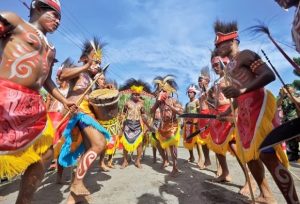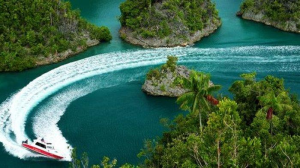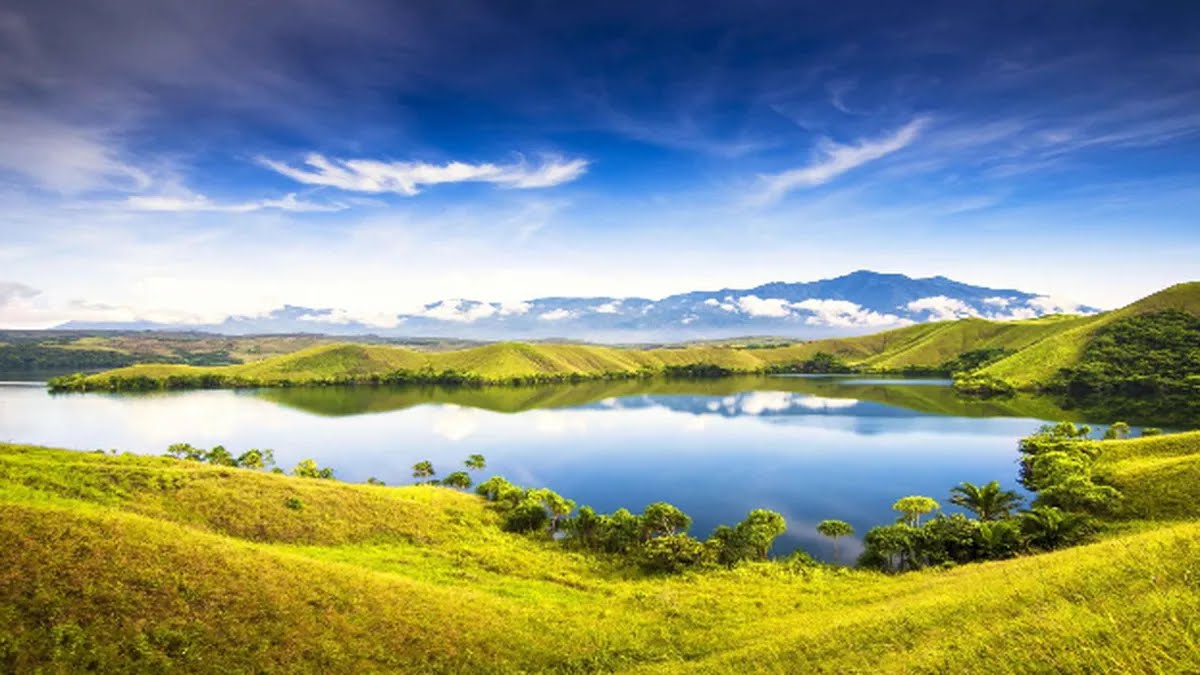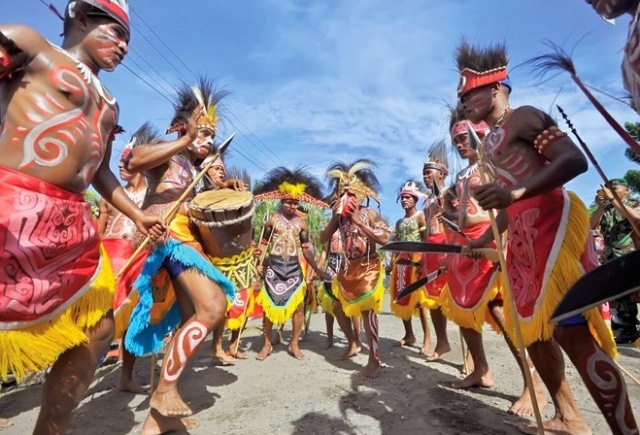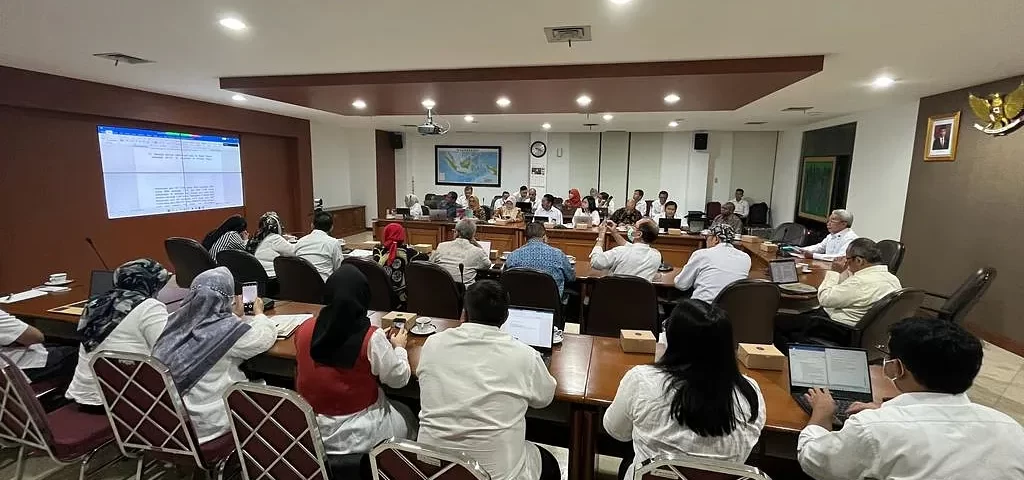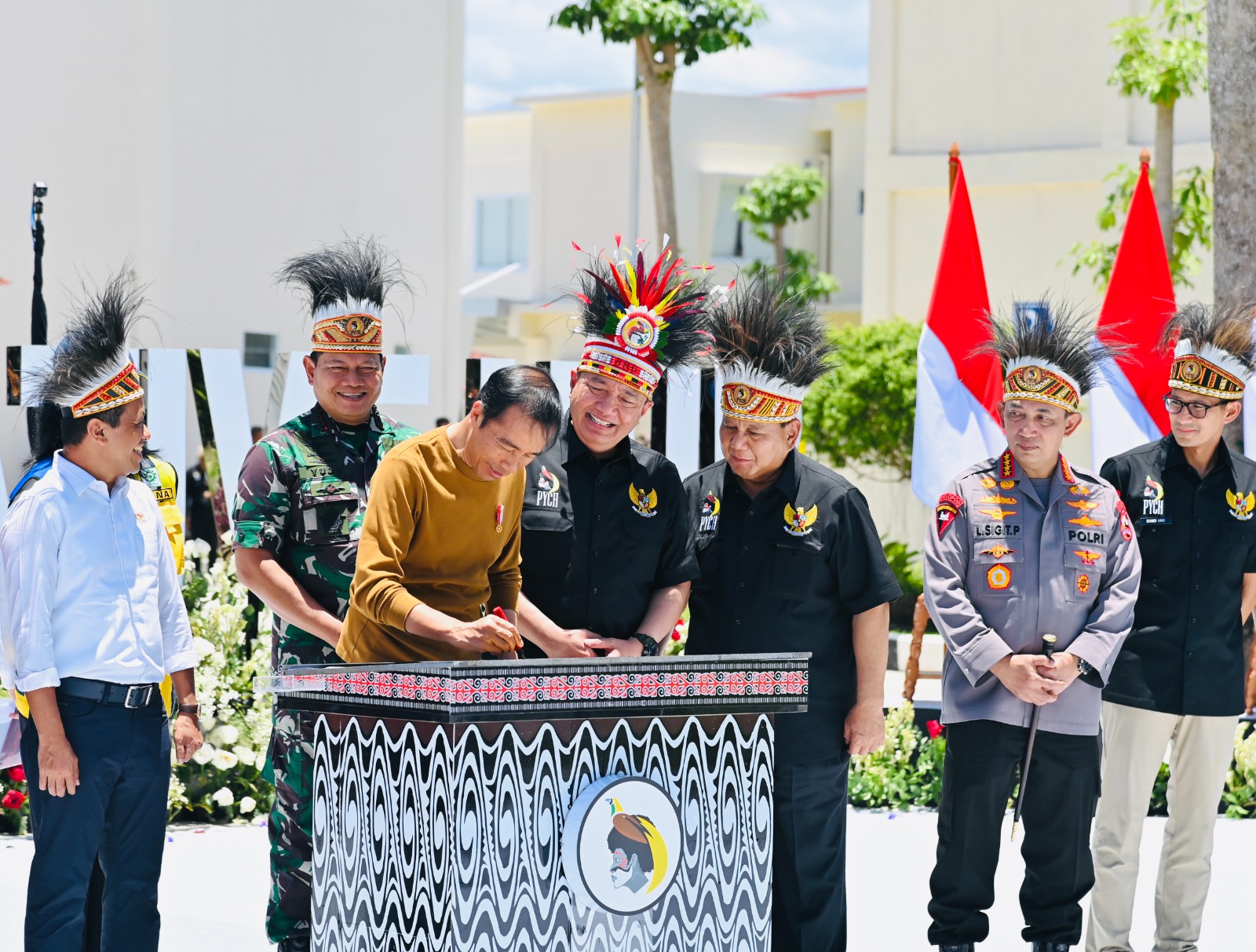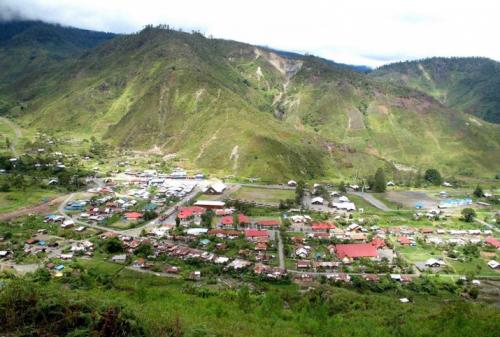Culture of West Papua
Although Papua has a population of just 2.9 million and a population density of 9 square km, the Papuan culture is incredibly diverse and has evolved some of the most distinctive and long isolated cultures in the world. The Papuan people are thought to be descended from the first inhabitants of New Guinea who arrived at least 40,000 years ago.
The dense forests of Papua are rich with an intricate mosaic of different tribal groups; there are approximately 255 indigenous groups in Papua alone, including some groups who have remained uncontacted. Each group has their own language, some unrelated to any other in the world and most groups are made up of just a few hundred people. This huge diversity has contributed to approximately 25% of the world languages being spoken in New Guinea. This diversity has been created by the endlessly varied landscape Papua has to offer; from coastal areas to mountainous regions the environment has shaped the way of life and development of these groups.
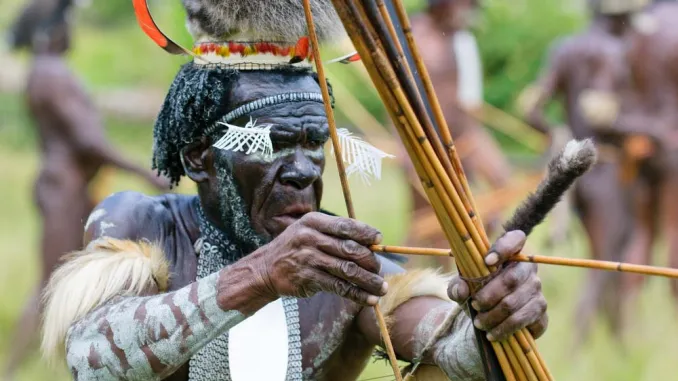
The central mountainous region of Papua is home to the highland people who cultivate the land with sweet potatoes, yams, canes and other plants. The tribes who live within the famous Baliem valley are included here, the Dani, Lani and Yali; all still practice their traditional cultures and customs, celebrated at the annual Baliem Valley Festival. The people who live in the central mountain ranges and the Jayawijaya Highlands, including the Baliem valley are famous for wearing koteka, the penis gourd. These Koteka vary greatly between different tribes and are often an identifying feature of the tribe.
Groups of people living in the more lowland areas tend to process sago trees for their staple food, fish in downstream rivers and in the sea and cultivate the land to some extent. Tribes living further upstream of the rivers also process sago tree but they hunt boars and other non-heard animals. These groups tend to not cultivate the land but rather hunt and occasionally fish in the rivers.
Some tribes living in the coastal regions have been more greatly influenced by foreign cultures due to interactions through trade, missionaries and the greater accessibility of the region. In addition, it was only discovered in 1938 that interior areas such as the Baliem valley were inhabited. Even now there are some tribes in the interior regions of Papua who have remained uncontacted.
Religion in Papuan Culture
The Dutch introduced Christianity to Papua in the 1850s, however, this was not really accepted until the early 20th century, and this was generally isolated to the northern coast and islands of Papua. The Christian church of Papua was established in the 1950s. In the Southern areas of Papua Catholic missionaries introduced Catholicism in the 1890s. The efforts to introduce Catholicism were largely unsuccessful until the 1920s when the first Catholic schools were built.
Generally speaking the indigenous groups today tend to be Christian or Animist and migrants particularly from elsewhere in Indonesia are Muslim. Papua is one of two Protestant-majority provinces in Indonesia.
Protestantism is the majority religion in Papua, with Roman Catholicism following. Islam is the next most prominent religion followed by Hinduism and Buddhism, however both Hinduism and Buddhism represent a very small proportion (less than 1% of the population practice these religions). However, in many areas such as the interior regions animism and traditional beliefs are still practiced.
Flora and Fauna – Papuan Culture
While Papua is one of the areas with the greatest biodiversity in the tropics it is also one of the least studied and understood. New Guinea occupies an area of 0.5% of the Earth’s surface but contains 5-10% of the total species on the planet, roughly equivalent to that found in the United States of Australia. Reflecting this biodiversity, Papua shelters a host of rare and endemic species including the Salvadori’s teal, Macgregor’s Bird of Paradise, Goodfellow’s Tree Kangaroo, the Papuan Hornbill, the long- beaked Echidna, the Papua monitor and the Dasyuridae, often known as the ‘tiger cat’. Papua is also thought to be home to the New Guinea Singing Dog, one of the rarest species of dog in the world. The rivers and wetlands also host salt and freshwater crocodiles, flying foxes, osprey and bats. This great biodiversity is possible due to the multitude of different ecosystems and landscapes stretching across Papua from coral reefs to Mangroves to rainforests, alpine tundra and equatorial glaciers. Unfortunately, these little-explored equatorial glaciers have been in retreat over the past 80 years.
Stretching through the southern lowlands of Papua, Lorentz National Park, a UNESCO world heritage site, is one of the most ecologically diverse national parks in the world and weaving through the northern lowlands is the “Amazon of Papua”, the Mamberamo river, whose huge valley forms the “lakes plains region” and is home to some of the world’s last remaining uncontacted peoples and vast and fascinating biodiversity. Beyond these lowlands, stretching out to the oceans is the rich underwater world of beautiful coral reefs in the warm ocean environment.




